
Highlights | Calendar | Music | Books | Concerts | Links | Education | Health
What's New | LaRouche | Spanish Pages | Poetry | Maps
Dialogue of Cultures
SCHILLER INSTITUTE
Pedagogical Studies:
"Justice for the Catenary"
Diagrams
by Bruce Director
Reprinted with permission from New Federalist
June 25, 2001

The shape the chain assumes when hanging under its own weight, is that shape which equalizes the tension at every point. That is, any one link will have exactly the same amount of pull from either side along the chain. Links near the top of the chain support much more weight than links near the bottom, yet they don't have to made of stronger material than those at the bottom. A link at point A has much more chain pulling it to the right than to the left, yet it doesn't move. The position of each link in the chain, is thus, a function of these physical principles.
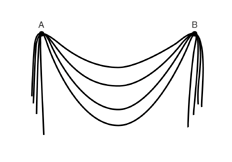
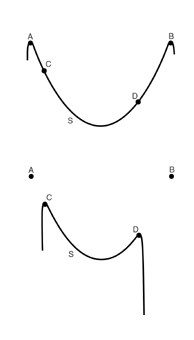
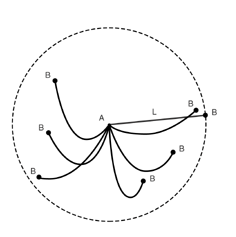

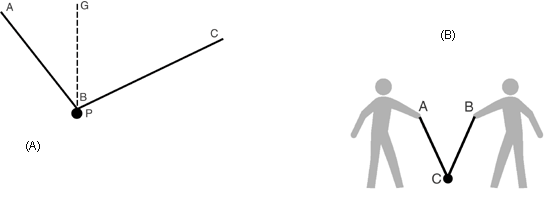
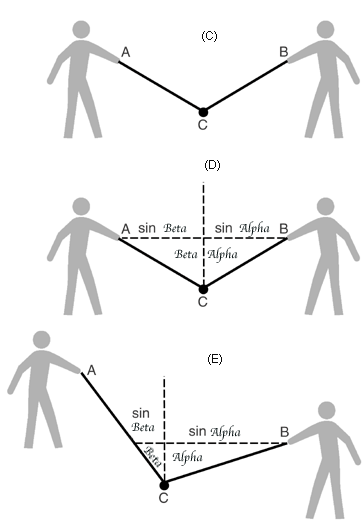


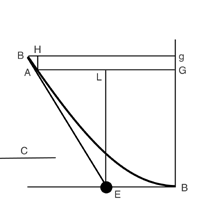
![]()
schiller@schillerinstitute.org
The Schiller Institute
PO BOX 20244
Washington, DC 20041-0244
703-297-8368
Thank you for supporting the Schiller Institute. Your membership and contributions enable us to publish FIDELIO Magazine, and to sponsor concerts, conferences, and other activities which represent critical interventions into the policy making and cultural life of the nation and the world.
Contributions and memberships are not tax-deductible.
VISIT THESE OTHER PAGES:
Home | Search | About | Fidelio | Economy | Strategy | Justice | Conferences | Join
Highlights | Calendar | Music | Books | Concerts | Links | Education | Health
What's New | LaRouche | Spanish Pages | Poetry | Maps
Dialogue of Cultures
© Copyright Schiller Institute, Inc. 2002. All Rights Reserved.